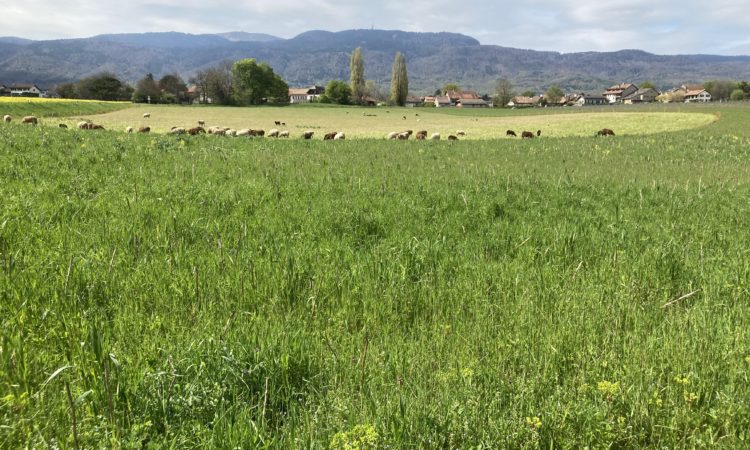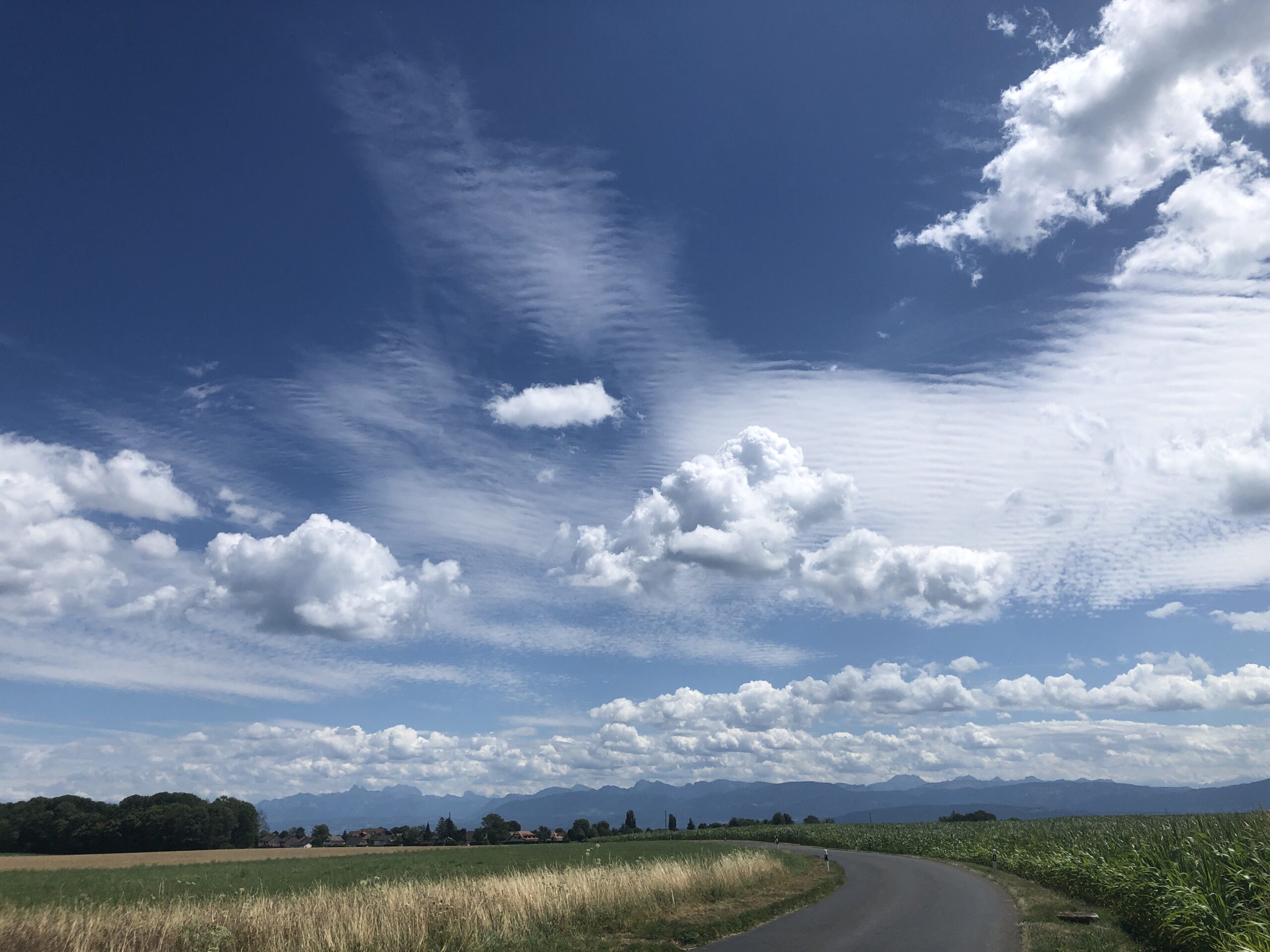Tag: Linkedin Learning
-
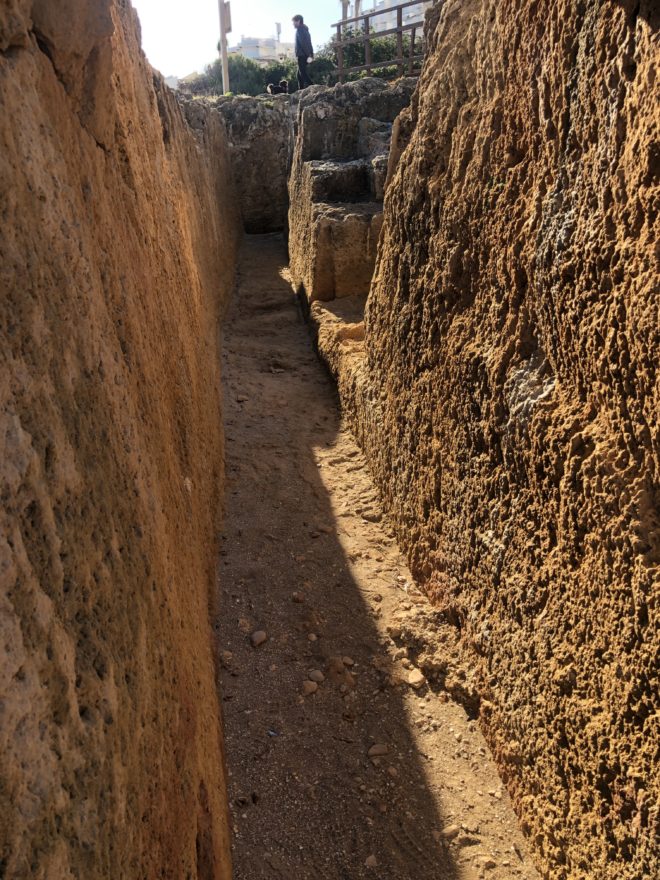
Reviewing EcmaScript 6
Reading Time: 2 minutesRecently I have spent time focusing on JavaScript and EcmaScript to make sure that I understand it. By now it is over a year ago since I felt that I wanted to study Angular but felt that I didn’t have enough knowledge to resolve the challenges so I decided to return to…
-
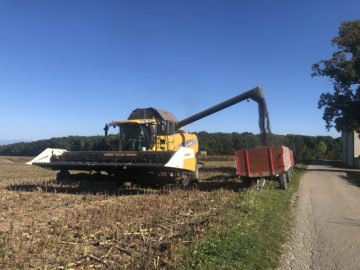
Online Learning – Alternatives to YouTube
Reading Time: 4 minutesBetween adverts that play too often, videos that encourage people tho shift to the Right side of the political spectrum and sensationalism I decided to stop using YouTube. I have spent two months without YouTube. I use alternative video platforms. I use Udemy, Prime Video, Linkedin Learning, Vimeo and other platforms. I…
-
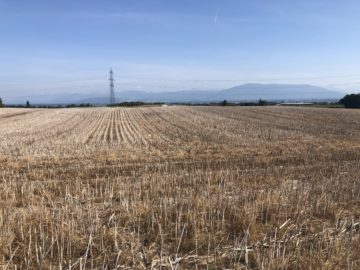
Playing with WP Rig
Reading Time: < 1 minuteToday I started following the “Building Progressive Themes with WP Rig.” course on Linkedin Learning. Before you start playing with WP Rig make sure that you have installed Composer. Composer is required to use WP Rig during the build process. Composer itself requires that you have PHP on your machine. After…
-

Day 63 of Self-Isolation in Switzerland – A 15 Kilometre Loop
Reading Time: 2 minutesToday I walked a 15-kilometre loop because I saw people walking two abreast and decided to retrace my steps a short distance before trying a new bifurcation. By the end of this walk, my legs were starting to get tired. I walked non stop for over two hours before a quick stop…

